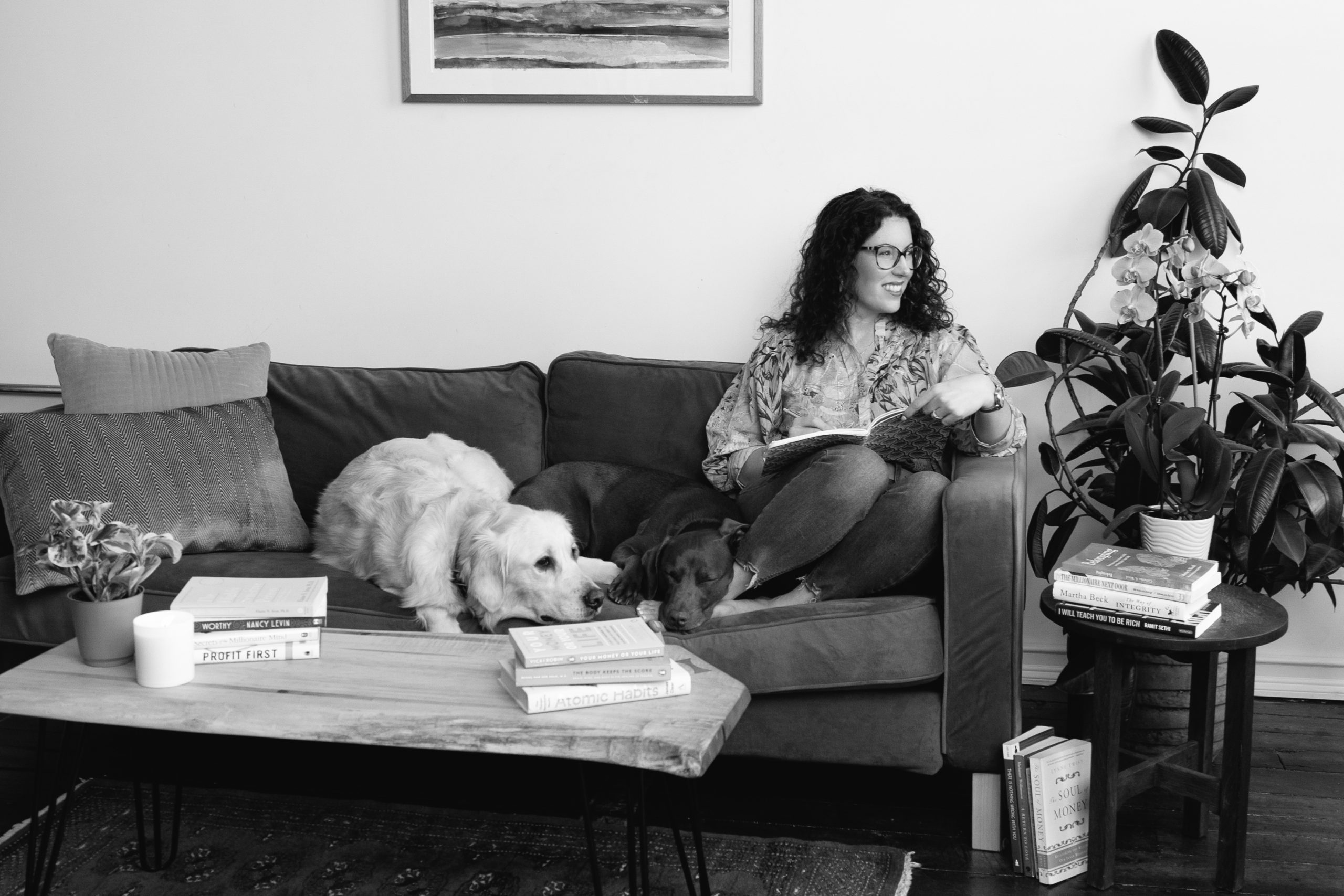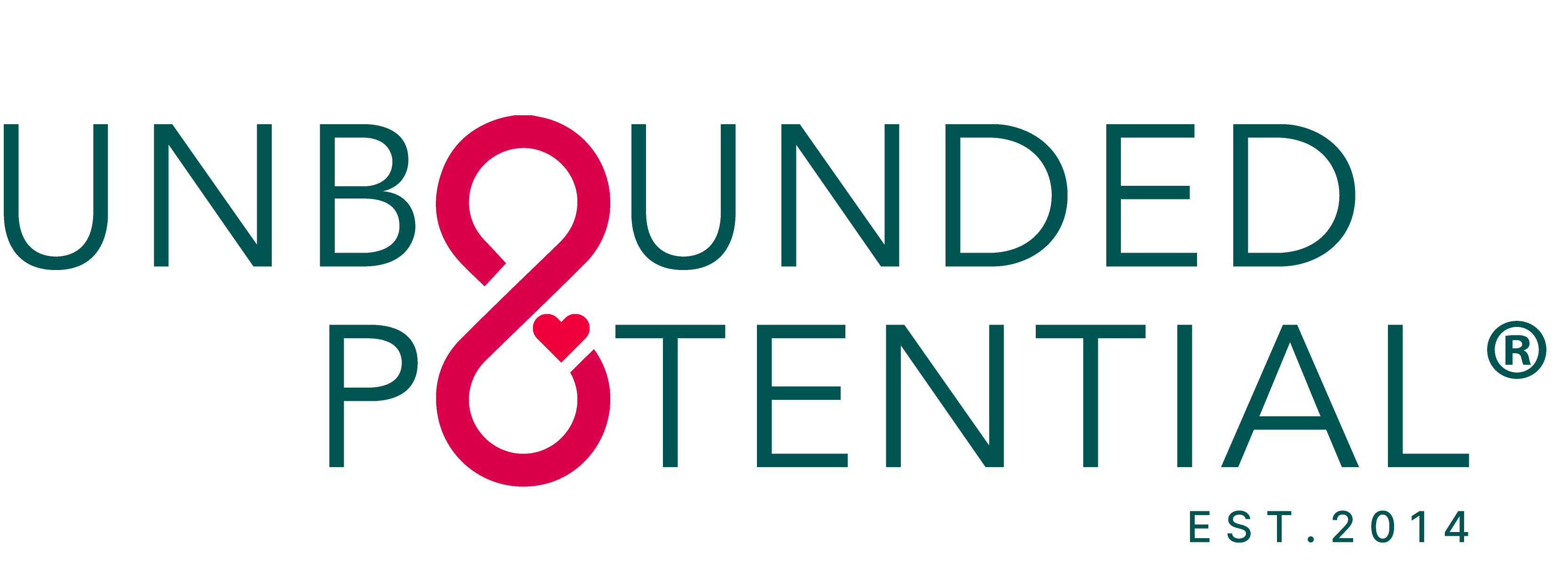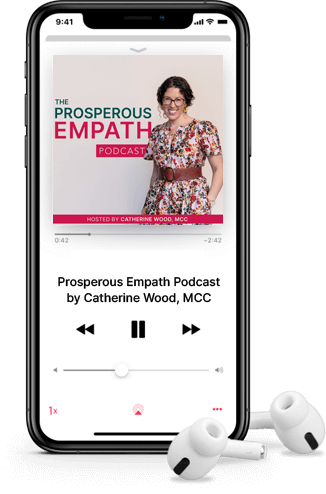May 29, 2020 | Belonging
A Reminder To Feel Your Feelings
Several years ago, I wrote a blog called “Surviving Your Gray Days.” To date, it has received the highest open and click rate of any blog I’ve published in my weekly newsletter. At the time, I was surprised by the response and didn’t know what to make of it. I now realize that we all desire permission from ourselves to feel gray. When we can’t grant that permission to ourselves, experiencing it in another is an inspiring place to start for many. Now, more than ever, we need to remind ourselves that all of our feelings are completely valid during these times.
Today, I want to share with you an adapted version of that post as a reminder that we all deserve to have those gray days. This excerpt below is from Chapter 19 of my book Belonging: Overcome Your Inner Critic and Reclaim Your Joy.
The other morning, I woke up to gray. The weather was gray, I was wearing gray, and I was feeling gray. Much research suggests that weather can affect our mood. One study suggests that nearly 9 percent of people fall into the rain hater category and become angrier and less happy on days with higher precipitation.
This day, however, had nothing to do with the weather. Nothing had happened per se: my partner and family were healthy, my business was thriving, even my health was vibrant—I just woke up feeling gray. Before beginning my own journey of discovery that led me to first do therapy and then coaching, days like these used to be inexcusable for me. I used to think I should feel as happy on the inside as my face tended to portray on the outside. One study reinforced this idea, suggesting that people reported experiencing at least one emotion 90 percent of the time, with feelings of happiness being reported 2.5 times more frequently than negative ones.
I used to judge myself for not being as productive or high functioning on these gray days. I’d look for cheap fixes to fill the void, not have to encounter myself, and look for ways to make myself feel better. That often looked like cleaning the floor, dusting, or organizing some pile of paperwork or files. My default was to look for something to do, check something off my to-do list, and feel that hit of a “productive high” for getting something done.
I discovered that when I was orienting my mood and feelings on whether or not I was being productive and efficient, I never had any time to rest. I’d constantly look for the next item to check off the list or the next deliverable to complete. I was playing an unwinnable game. That morning, I gave myself permission for all my feelings to be OK. I welcomed them in, not needing to do anything with them right away but, rather, became curious with myself. Instead of defaulting to getting busy to avoid myself, I developed compassion for myself in the face of my emotions and feeling lackluster.
Research shows that there are three parts of an emotion —a physiological response, an expressive (or behavioral response) component, and a subjective component or how you experience the emotion. When confronted, our emotions can inspire change. A rush of anxiety might cause us to double down and study for a final exam; similarly, a wave of embarrassment or shame might motivate us to finally clean the house and clear out the clutter in the guest bedroom. We tend to take certain actions in order to maximize the experience of positive emotions and minimize the experience of negative ones. Similarly, emotions can cause us to avert danger, help us make decisions, and allow others to understand us and be understood by others.
Conversely, we also avoid our feelings or numb them when feeling overwhelmed or helpless. While this can be a protective defense and may provide temporary relief, it serves as a negative coping mechanism and has long-term consequences. Mayra Mendez, PhD., LMFT, a licensed psychotherapist and program coordinator at Providence Saint John’s Child and Family Development Center, suggests that “while emotional numbing blocks or shuts down negative feelings and experiences, it also shuts down the ability to experience pleasure, engage in positive interactions and social activities, and interferes with openness for intimacy, social interests, and problem-solving skills.”
Our capacity to be with one emotion limits our capacity to experience the opposing one. My incapacity to be with my own sadness or gray mood creates the ceiling for my ability to experience deep, resounding joy. We often can understand things cognitively before we do emotionally or somatically, but when I truly learned this for myself, it was life changing. My aversion to being with my own sadness as well as glorifying busyness was my version of emotionally numbing and running away from myself. That morning, instead of running, I slowed down and got curious about what I was running away from. I drew myself a bath and lit some candles and journaled what was really going on for me. What was I avoiding being sad about? Why had I taught myself to smear a smile on my face?
Reminding myself that I no longer need to be constantly searching for a quick fix in order to “feel better” and be more productive, I now relate to it as a deep expression of self-love. Reminding myself that I won’t always feel happy and joyful is invaluable. It is normal and human. Perhaps, above all, I learned that I was inherently lovable for who I am—the happy and unhappy parts, the productive and lazy parts too—rather than whose day I could brighten or what task I needed to complete.
These days, gray mornings remind me how far I’ve come and how much kinder I am to myself. How much slower and more deliberate I am. How much more beautifully I take care of myself. How much more love I have for myself and for those around me. I still have momentary lapses when I slip into my old routines and busy ways. These days I catch myself, however, one moment sooner than the last.
TAKING ACTION: TIME TO EXPLORE GRAY
Take some deep breaths and get grounded in your body. Put your feet on the floor, uncross your legs and your feet if they’re crossed. Allow yourself to feel your feet, your legs, your abdomen, your shoulders, and your hands lying gently at your side or on your lap. Start to get connected with the numb part of you, the part you disconnect from, or disassociate from. What parts of yourself don’t you allow yourself to feel or give yourself permission to experience?
If you practiced welcoming and embracing those parts of you today, which one would you take on to be more compassionate with your body, your heart, your mind, and your soul?
Today, I invite you to bring that gift of self-compassion to yourself. To welcome and embrace all the parts of you. To acknowledge all of your emotions and let them know that they all belong. To encounter and delight in all the unique, exquisite parts of you. Journal below any reflections or responses that come up for you as you consider taking on this exercise today:
In this article series, I share excerpts and stories from my book, Belonging: Overcome Your Inner Critic and Reclaim Your Joy. I hope you enjoyed this post — if you enjoyed what you read, let’s connect. You can reach me via email, my website, or connect with me on social: Instagram, LinkedIn, or Facebook. Also, you can also find my book on Amazon — here is the link to buy it.

Get the Essential Reading List for Ambitious Empaths
Snag a copy of our favorite confidence-building + intuition-honing business, money mindset, and leadership books to help you embrace a holistic approach to your success. Grab a cup of tea and let's reverse engineer your life, removing the hustle and grind and replacing it with more joy and leisure.
A Guide to Navigating Career Transitions as an Empath
If you’ve been tuning into the podcast recently, you’ve likely noticed that I’ve been doing things a little bit differently. I have been sharing some of my most favorite and powerful tools, frameworks, and coaching distinctions that I use with my clients and myself as I’ve been sitting with the despair, grief, and fear of what’s going on in my own country and cultures around the world. This week is no different – I want to share what can support you in a changing and unpredictable job market and periods of transition in your career, whether you’re at a place of wanting to finally leave the nine to five and pursue your own entrepreneurial dream, whether you have been laid off in this current job market, whether you’ve been fired, or whether you’ve chosen to see yourself out. These tools and exercises that I’m sharing with you today have been some of the most impactful for my clients in navigating periods of transition in the job market with intentionality, with purposefulness and with integrity. I hope you find today’s episode not only useful but as a tool to bring you a bit of peace and direction.
Visit this episode’s show notes page here.
The Prosperous Empath® Podcast is produced by Heart Centered Podcasting.





